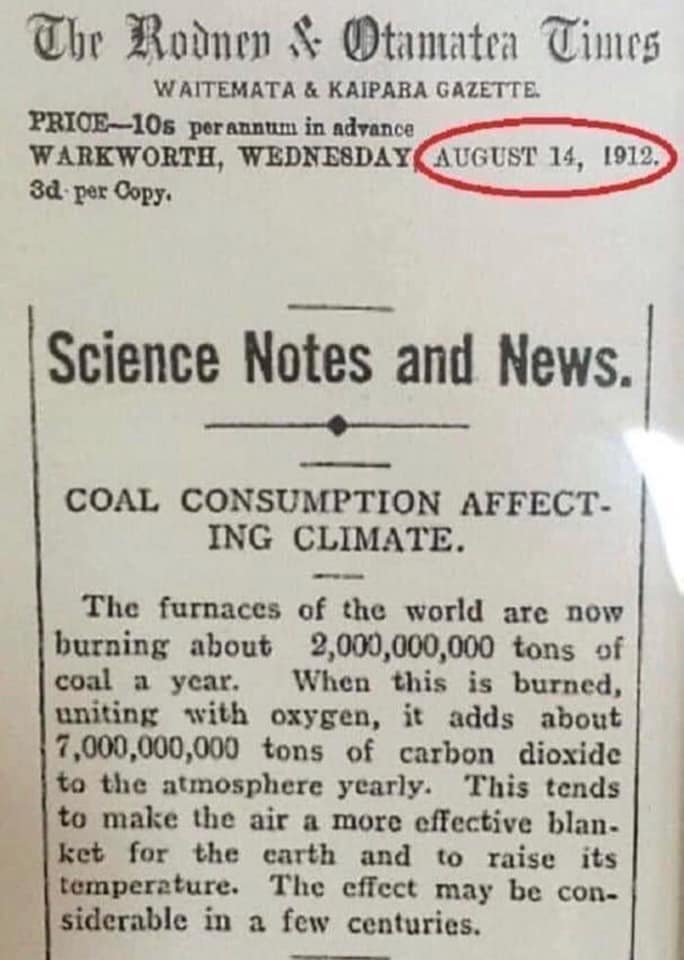
Category: space – Page 634


Universal Habitat The Best Home for Anyplace on Earth or in Space
Imagine a home that pay you to live in it because you can make a living out of it and grow almost all of your food in it as even sell food from it. Imagine a home that provides its own water and energy. Imagine a home concept that will work almost anywhere on Earth or in space that is cheap to build! Imagine living a high standard of living with virtually no environmental or carbon footprint whilst you retain freedoms. Imagine much less need for utilities. Imagine a home that is resilient, sustainable, can stand up better to environmental or manmade disasters. You own personal bug-in fortress. Imagine a home so green it will start an ice age! See the Greenest concept ever! Image a home you could put almost anywhere! This IS a world changing concept. Make it go viral!
You can support Galactic Gregs by supporting the sister channel Green Gregs by clicking the links below:
See the Special Deals at My Patriot Supply (great space mission food): www.PrepWithGreg.com.
For gardening in your space habitat (or on Earth) Galactic Gregs has teamed up with True Leaf Market to bring you a great selection of seed for your planting. Check it out: http://www.pntrac.com/t/TUJGRklGSkJGTU1IS0hCRkpIRk1K
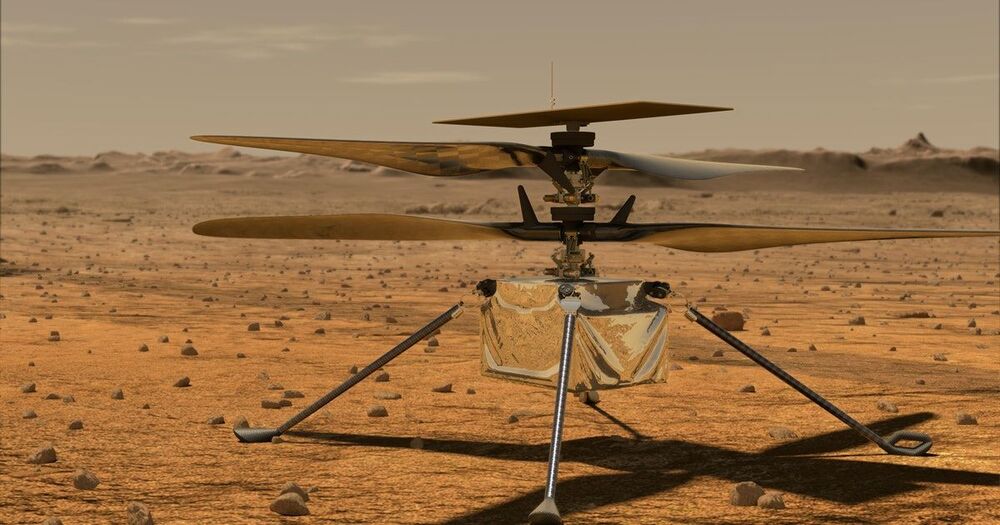


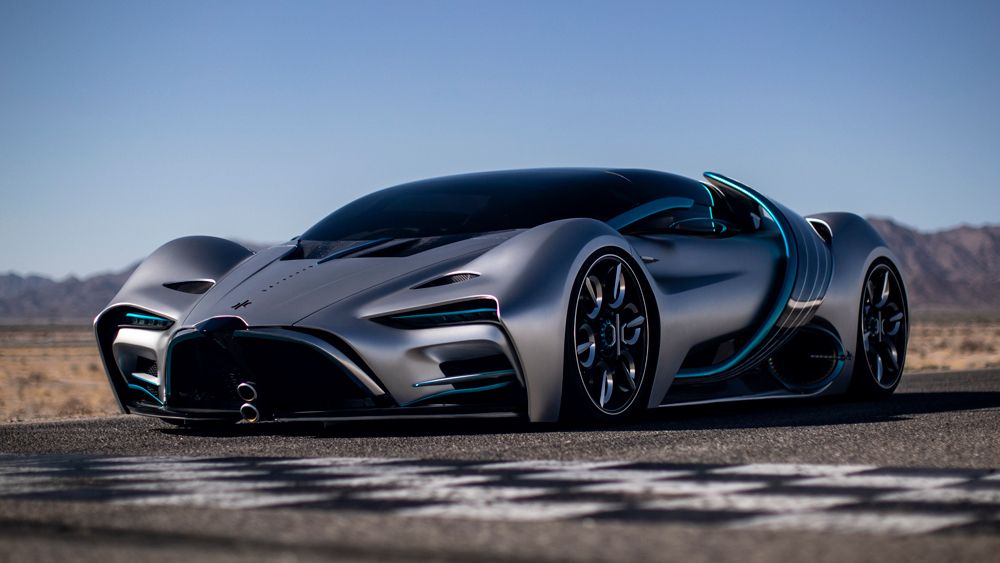
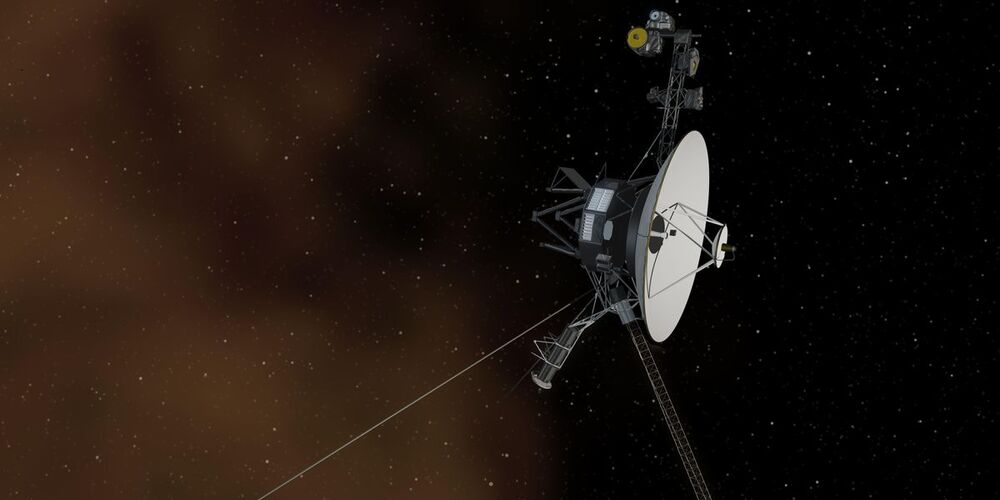
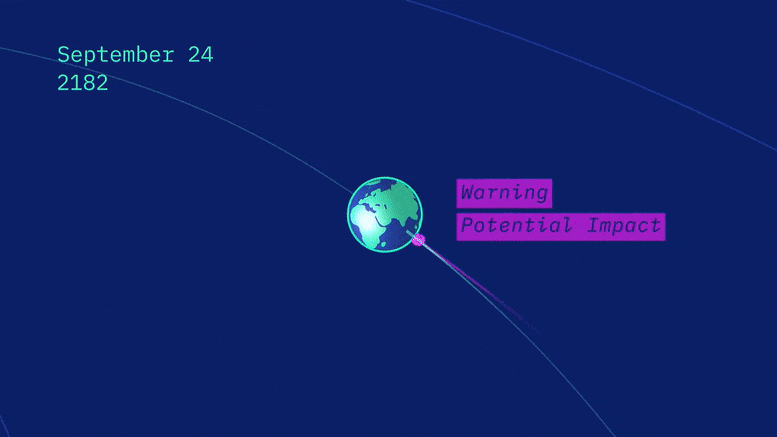
NASA Calculations Show Asteroid Bennu Has a Chance of Slamming Into Earth
In a study released today (August 11 2021), NASA
Established in 1,958 the National Aeronautics and Space Administration (NASA) is an independent agency of the United States Federal Government that succeeded the National Advisory Committee for Aeronautics (NACA). It is responsible for the civilian space program, as well as aeronautics and aerospace research. It’s vision is “To discover and expand knowledge for the benefit of humanity.”
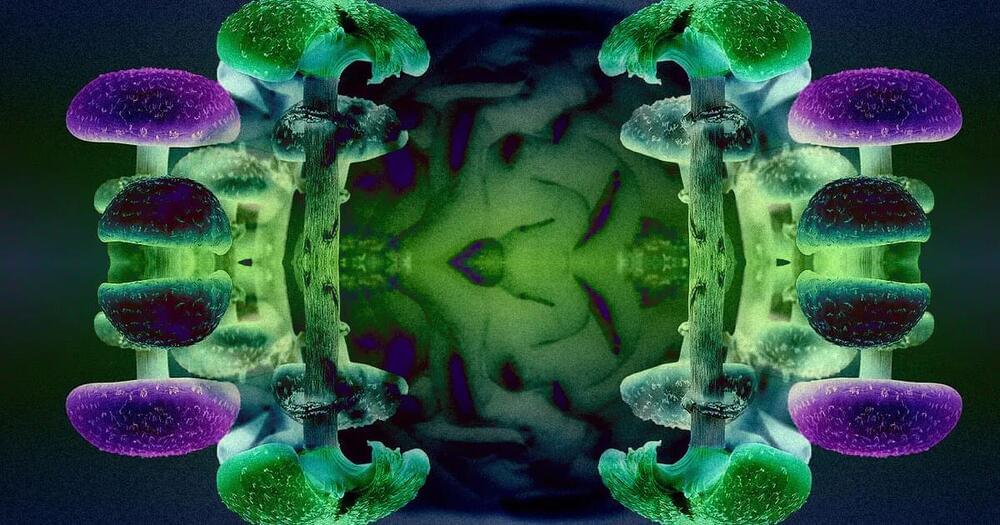
Scientist Says Astronauts Should Take Psychedelic Mushrooms in Space
Do you agree?
In the future, when space agencies start to send human crews deep into space to explore or terraform distant worlds, we may need to send them off with extra goodies to keep morale high.
When astronauts are feeling lonely, depressed, traumatized, or just generally bad, a little pick-me-up in the form of psychedelic mushrooms could help, mycologist Paul Stamets suggested to Scientific American. It’s an odd idea, but as the body of evidence continues to grow that psilocybin — the active ingredient in shrooms — may have myriad mental health benefits, it may be an odd idea worth considering.
“Under carefully controlled conditions, our astronauts [being] able to take psilocybin in space and look at the universe and not feel distant and alone but feel like they’re part of this giant consciousness will give them a better frame of mind — psychologically, emotionally — to work with other astronauts and stay on mission,” Stamets told the magazine. “I feel that isolation, loneliness, and depression are going to be major issues that astronauts face.”